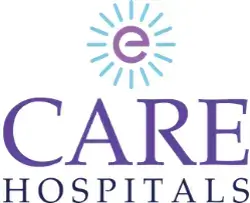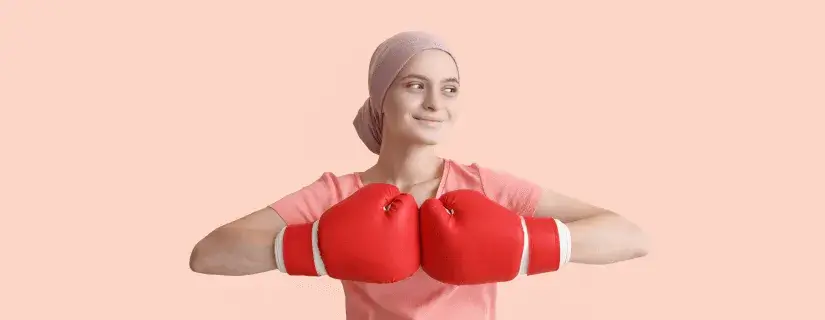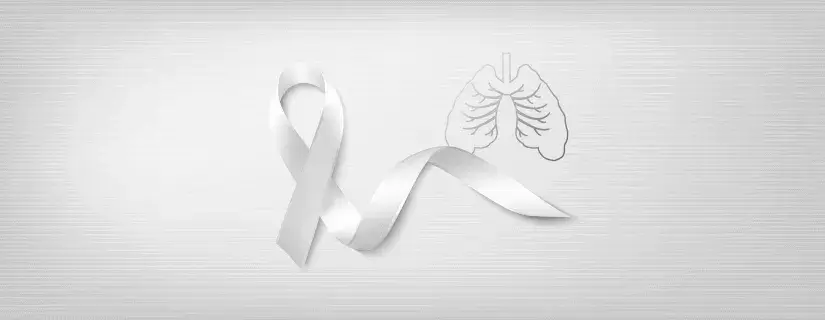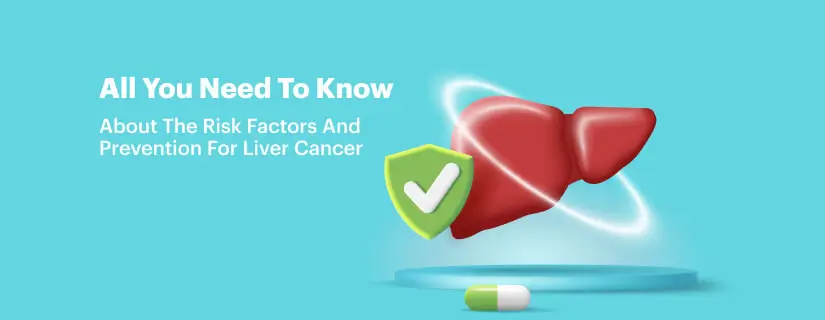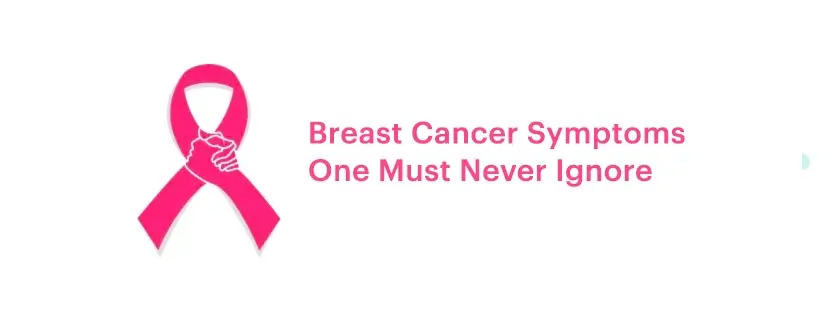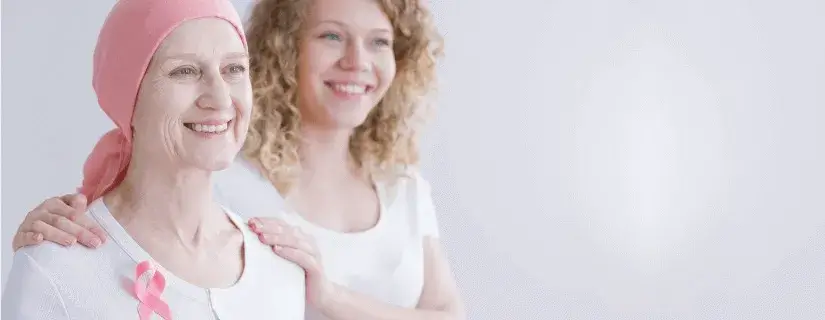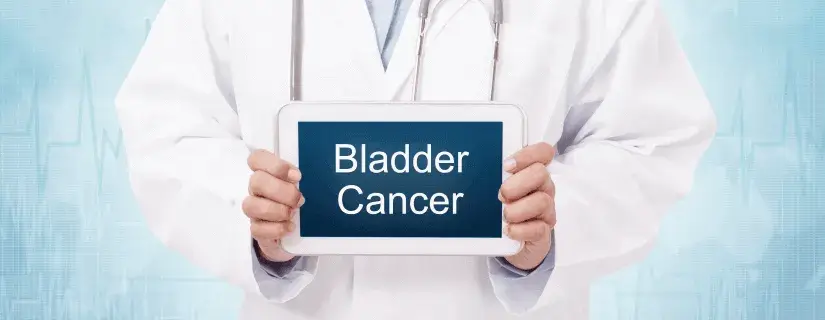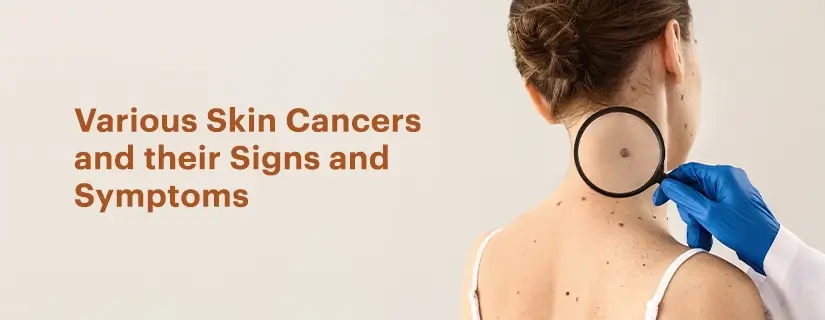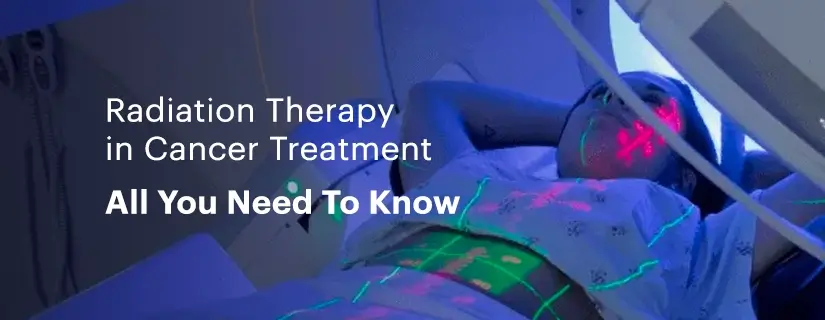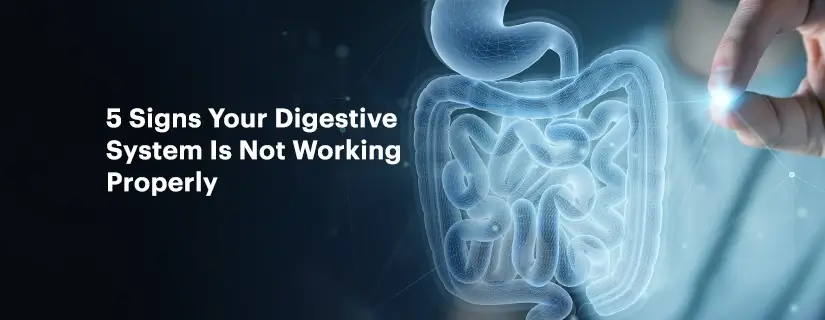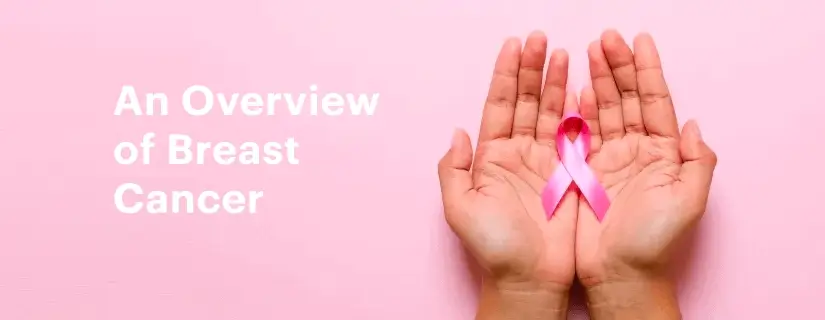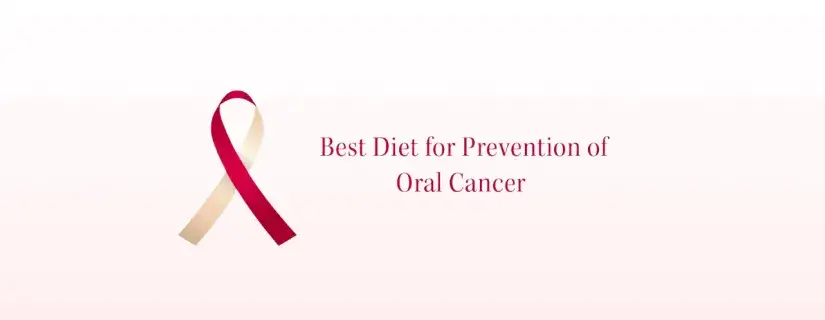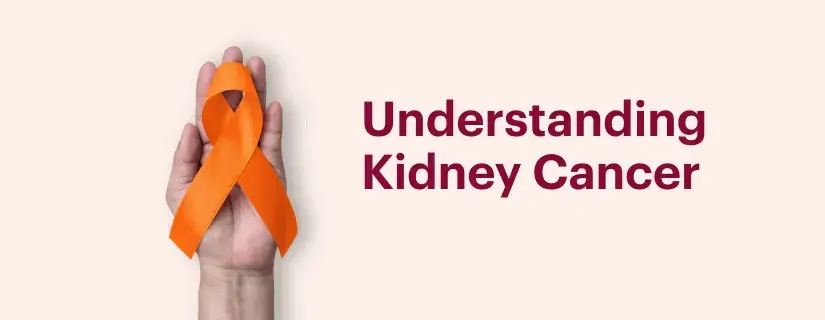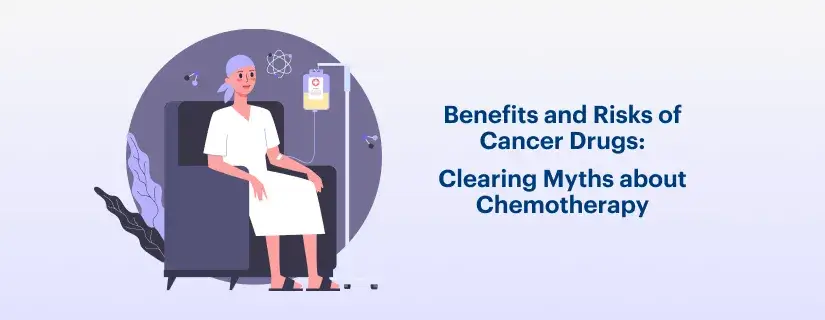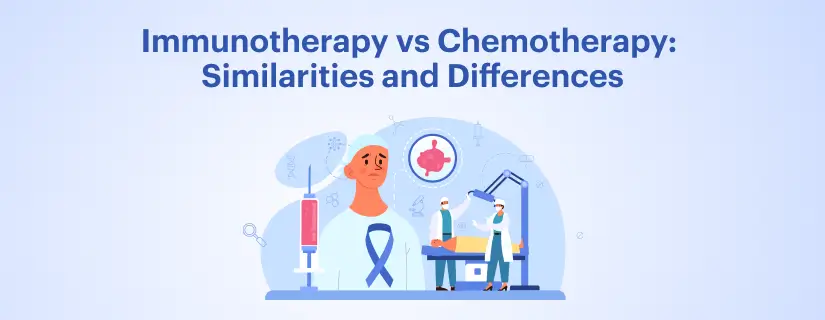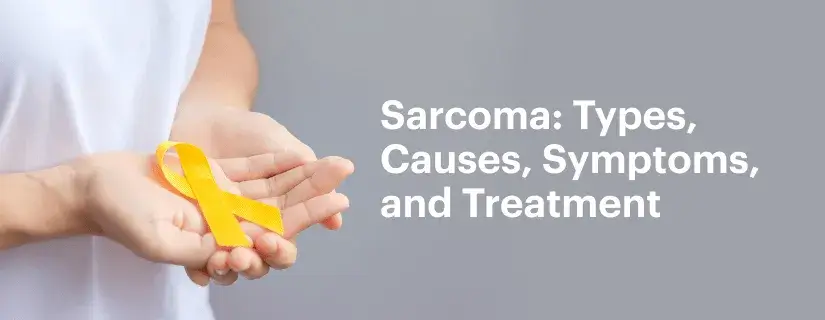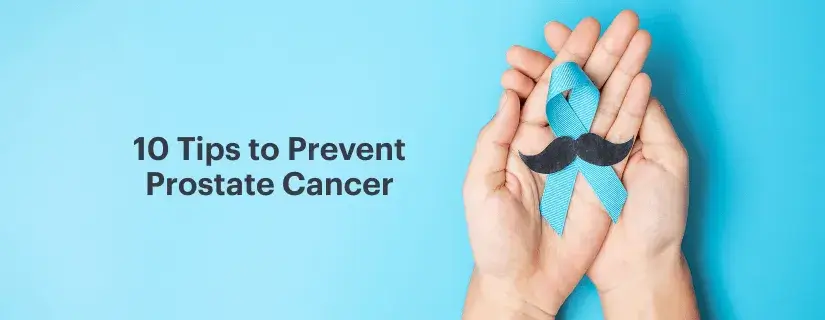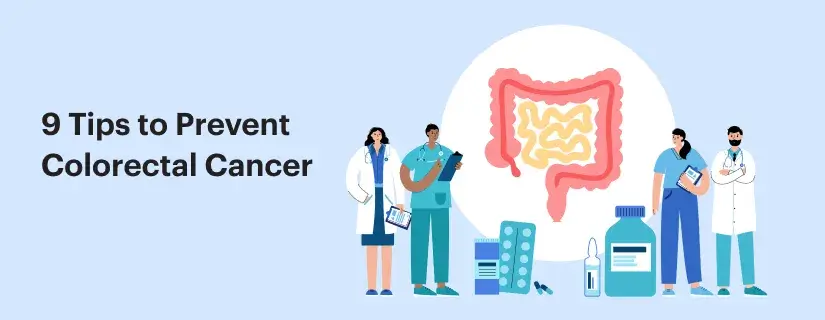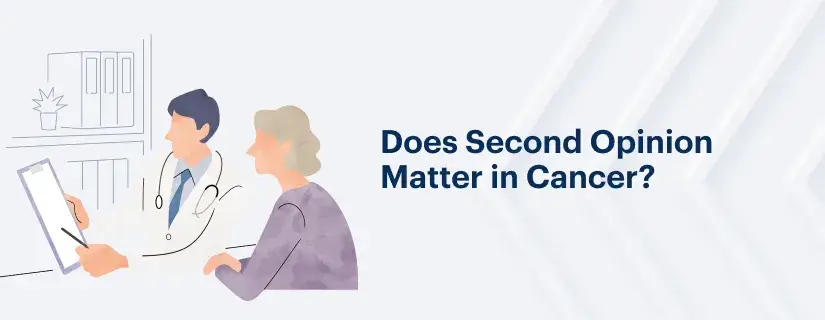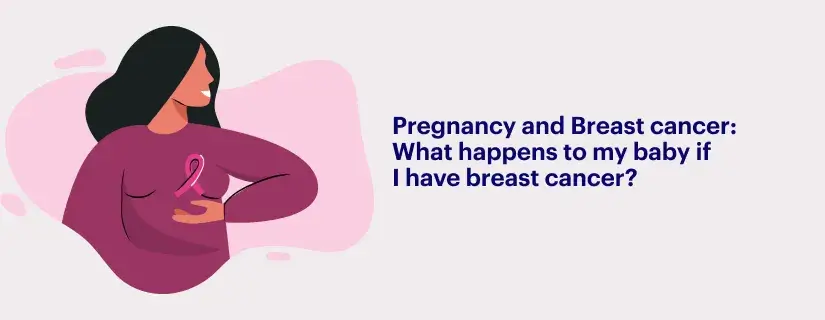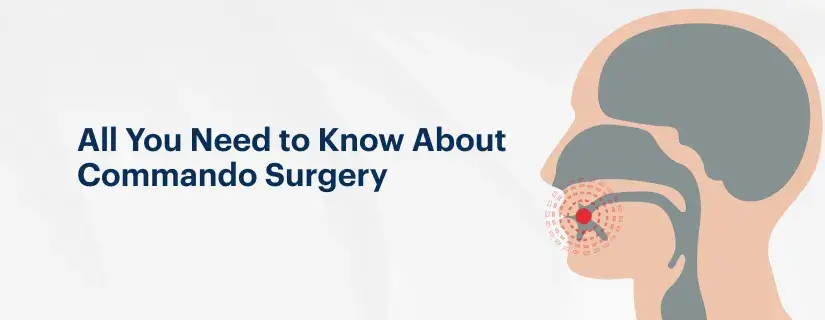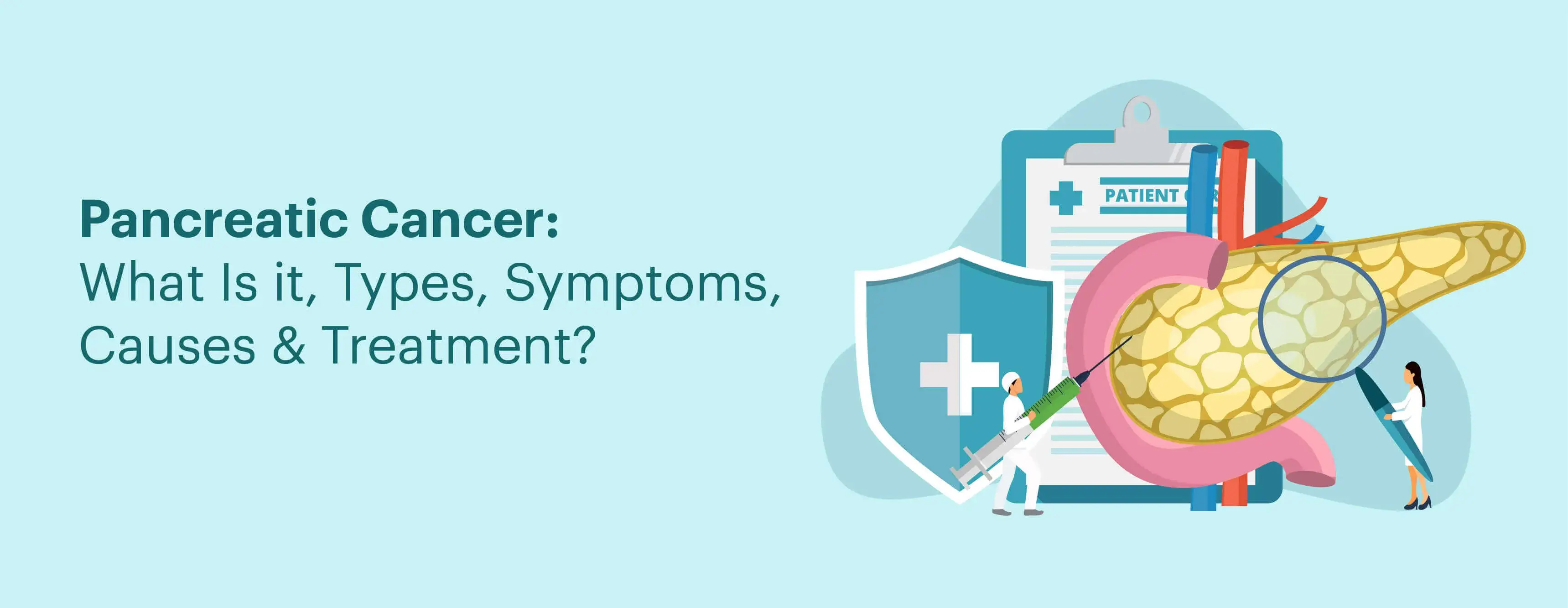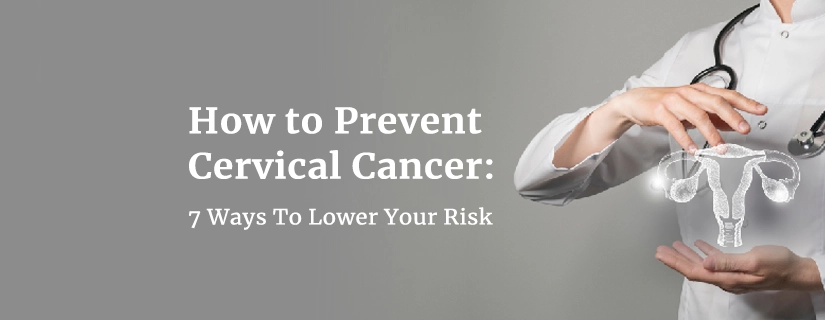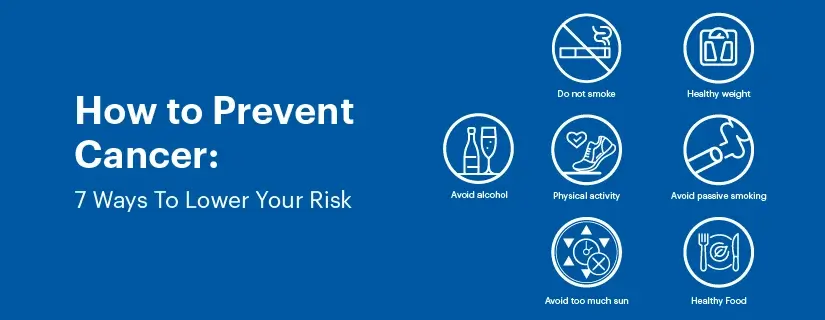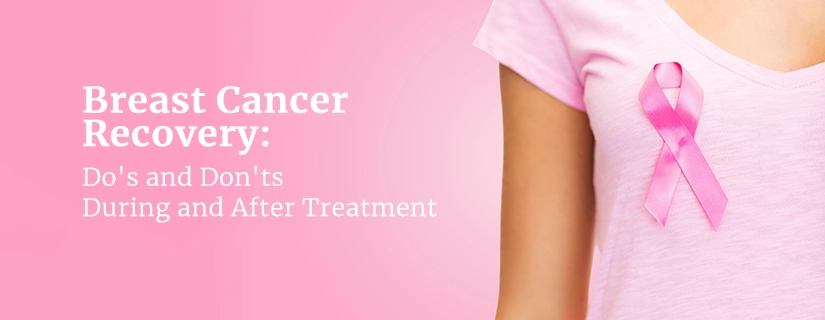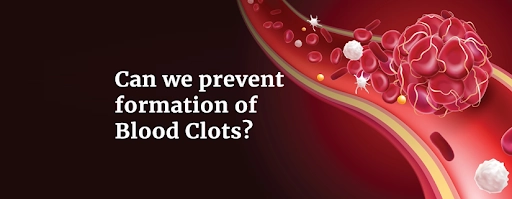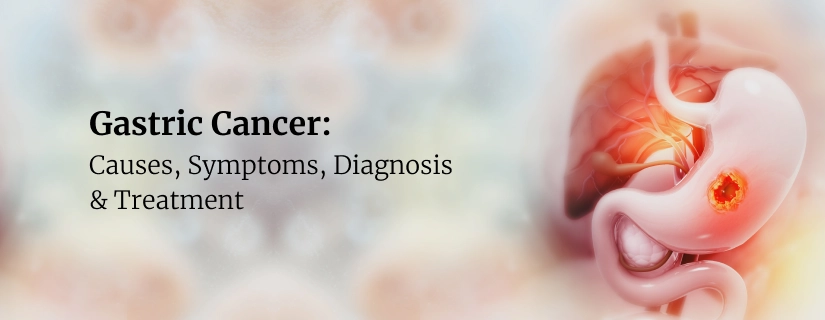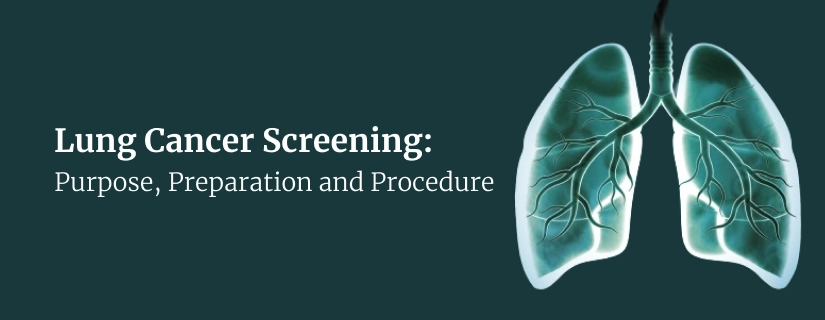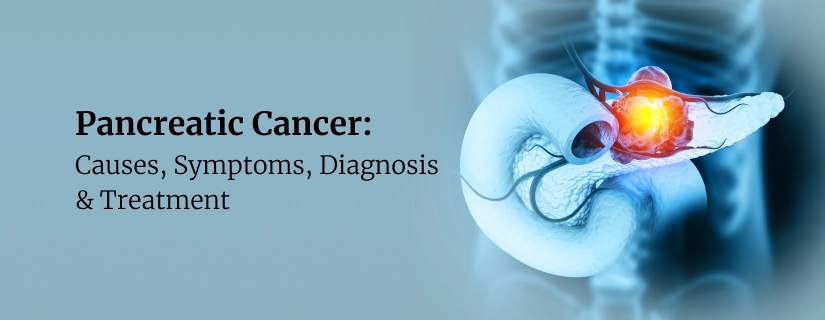-
Doctors
-
Specialities & Treatments
Centre of Excellence
Specialties
Treatments and Procedures
Hospitals & Directions HyderabadCARE Hospitals, Banjara Hills CARE Outpatient Centre, Banjara Hills CARE Hospitals, HITEC City CARE Hospitals, Nampally Gurunanak CARE Hospitals, Musheerabad CARE Hospitals Outpatient Centre, HITEC City CARE Hospitals, Malakpet
HyderabadCARE Hospitals, Banjara Hills CARE Outpatient Centre, Banjara Hills CARE Hospitals, HITEC City CARE Hospitals, Nampally Gurunanak CARE Hospitals, Musheerabad CARE Hospitals Outpatient Centre, HITEC City CARE Hospitals, Malakpet Raipur
Raipur
 Bhubaneswar
Bhubaneswar Visakhapatnam
Visakhapatnam
 Nagpur
Nagpur
 Indore
Indore
 Chh. Sambhajinagar
Chh. SambhajinagarClinics & Medical Centers
Book an AppointmentContact Us
Online Lab Reports
Book an Appointment
Consult Super-Specialist Doctors at CARE Hospitals
Top 12 Myths About Breast Cancer
Updated on 14 April 2023
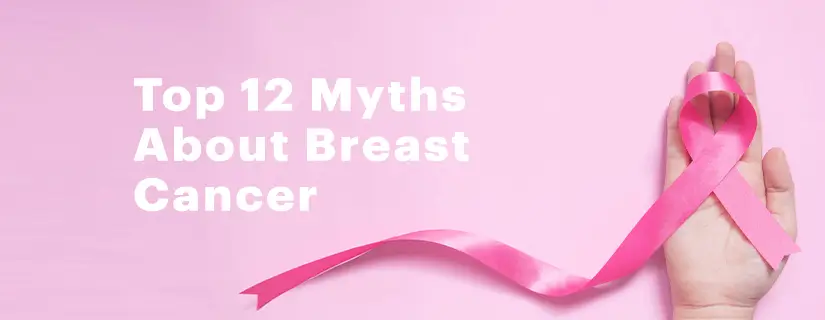
Table of Content
- Myth 1: People with no family history of breast cancer will not get it
- Myth 2: Tight-fitting and underwired bras are a major cause of breast cancer
- Myth 3: People with a healthy lifestyle can never get breast cancer
- Myth 4: Mammograms are harmful and can spread breast cancer
- Myth 5: Underarm antiperspirants can be a major cause of breast cancer
- Myth 6: Trauma to the breast can cause breast cancer
- Myth 7: Silicone implants can cause breast cancer
- Myth 8: A lump in the breast is definitely breast cancer
- Myth 9: No lump means no breast cancer
- Myth 10: Breast cancer occurs only in females
- Myth 11: Breast Cancer can be passed through breastfeeding
- Myth 12: Nipple piercings can cause breast cancer
Getting a breast cancer diagnosis can be a devastating moment for most. What is even more dreadful is the number of misconceptions that are rampant on the internet and elsewhere. Such misinformation not only causes the patients and their family members to fear the diagnosis more but also can cause unnecessary depression and panic.
In this article, we will bust the top 12 myths about breast cancer so that people understand the true scenario around breast cancer and can save themselves from unnecessary worry and stress.
1. Myth: People with no family history of breast cancer will not get it
Fact: It is a common myth that breast cancer is largely an inherited disease. In truth, only 5-10% of breast cancer patients have breast cancer history in their close relatives. The major risk factors for breast cancer are being a woman and increasing age. Over time, healthy breast tissue can develop mutations and turn into cancer cells regardless of family history. However, since there is a higher chance of breast cancer if there is a family history, such women should get checked often.
2. Myth: Tight-fitting and underwired bras are a major cause of breast cancer
Fact: No studies have found a correlation between wearing bras and breast cancer. This myth stems from an opinion that wearing bras can restrict lymph fluid flow out of the breast tissue causing toxin build-up. But, there is no scientific evidence to back this claim.
3. Myth: People with a healthy lifestyle can never get breast cancer
Fact: Healthy lifestyle can indeed be a preventive measure against many cancers. However, it cannot guarantee that such a person can never get cancer. Hence, one must do their best to eat healthily and maintain a healthy lifestyle with exercise to lower the risk of cancer. But even with such a healthy lifestyle, one must keep up with self-examination and regular health check-ups.
4. Myth: Mammograms are harmful and can spread breast cancer
Fact: Many patients are sceptical of mammograms. However, with modern-day technology, radiation is fairly low. Moreover, all the necessary precautions are taken to ensure that the patient does not feel much discomfort.
5. Myth: Underarm antiperspirants can be a major cause of breast cancer
Fact: Although there is no evidence or scientific study to find a connection between underarm antiperspirants and breast cancer, the use of these products must be regulated carefully. This is because antiperspirants containing aluminium can increase its concentration in the breast tissue.
6. Myth: Trauma to the breast can cause breast cancer
Fact: Injury to the breast does not cause breast cancer. Injury to the breast can sometimes draw attention to an already present mass and hence the myth. However, such injuries can cause scar tissue which may look like a cancerous mass in imaging. The only way to find out if such a mass is cancerous is through a biopsy.
7. Myth: Silicone implants can cause breast cancer
Fact: Breast implants may cause certain side effects like pain and infection. However, several studies have been conducted in this area and found no correlation between the two. It can be advised that if a woman gets an implant, they should get checked for breast cancer to provide a baseline for future mammograms.
8. Myth: A lump in the breast is definitely breast cancer
Fact: Most lumps in the breast tissue are benign and not a cause for major concern. Hence, women must often get checked for the same and any new lump must be checked by a healthcare professional.
9. Myth: No lump means no breast cancer
Fact: Mammograms can detect cancer before it turns into a lump. Often patients do not feel a lump but already have cancer. Hence, it is advised that regular annual mammograms should be scheduled to catch breast cancer early.
10. Myth: Breast cancer occurs only in females
Fact: Although women are the major sufferers of breast cancer, in rare situations men can also develop the disease. Men also contain breast tissue and they can get breast cancer.
11. Myth: Breast Cancer can be passed through breastfeeding
Fact: Breast Cancer cannot pass through breast milk. Cancer cells cannot pass from mother to baby through breastfeeding. However, if a woman is undergoing treatment for breast cancer, doctors would recommend stopping breastfeeding. This is because hormone therapy, radiation, and chemotherapy can negatively affect breast milk. In addition, stopping breastfeeding would decrease blood flow to the breast and shrink the breast so that it becomes easier to evaluate cancer progression and treatment.
12. Myth: Nipple piercings can cause breast cancer
Fact: Nipple piercings do not increase breast cancer risk. They can, however, lead to other complications like infections, rare forms of Hepatitis A and B, abscesses, blocked ducts, cysts, etc.

ENQUIRY FORM
SELECT CATEGORIES
-
Neurosciences (16)
-
Neurology (37)
-
Neurosurgery (14)
-
Orthopaedics (48)
-
Oncology (33)
-
Obstetrics and gynecology (52)
-
Pulmonology (23)
-
Urology (20)
-
Nephrology (13)
-
Psychiatry (7)
-
Dietetics and Nutrition (111)
-
General Medicine (63)
-
Cardiac Sciences (32)
-
Vascular & Endovascular Surgery and Interventional Radiology (15)
-
Gastroenterology (46)
-
Endocrinology (23)
-
Plastic Surgery (10)
-
Critical Care Medicine (5)
-
COVID-19 (16)
-
Dermatology (16)
-
Emergency Care (1)
-
Ophthalmology (4)
-
Pediatrics (14)
-
Laparoscopic and Bariatric Surgery (8)
-
ENT (15)
-
Kidney Transplant (1)
-
Liver Transplantation and Hepatobiliary Surgery (5)
-
General Surgery (3)
-
Internal Medicine (5)
-
Medicine Information
Types of Cancer that Immunotherapy can Treat
Types of Blood Cancer and How to Treat them
YOU MAY ALSO LIKE
RECENT BLOGS
-
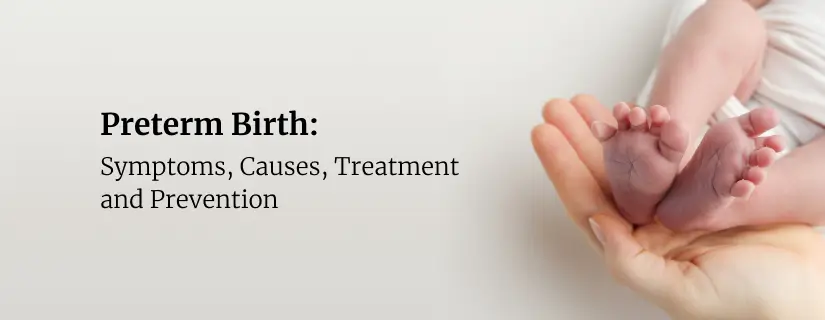
Preterm Birth (Premature Birth): Symptoms, Causes, Treatment and Prevention
13 May 2025
Read More
-
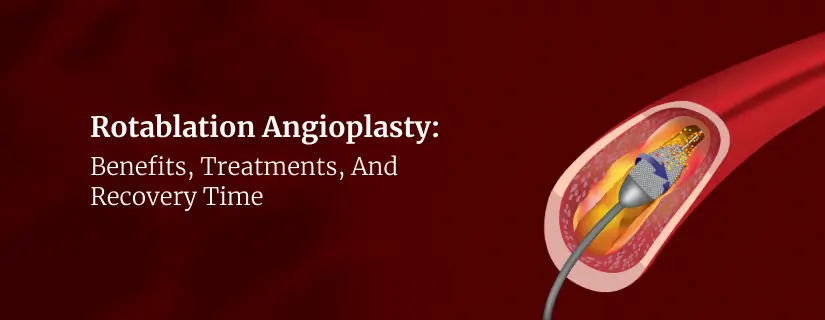
Rotablation Angioplasty: Benefits, Treatments, And Recovery Time
9 May 2025
Read More
-
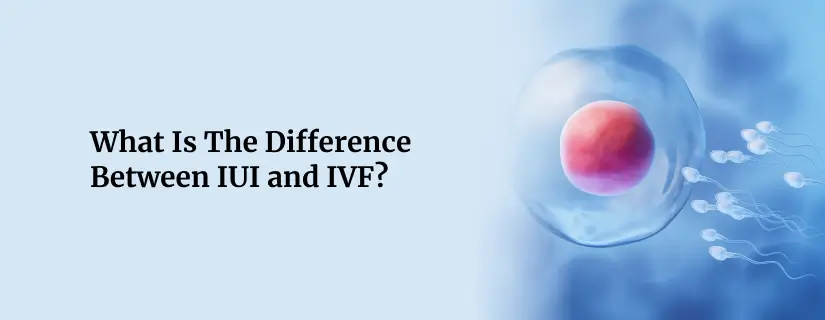
What Is The Difference Between IUI and IVF?
9 May 2025
Read More
-
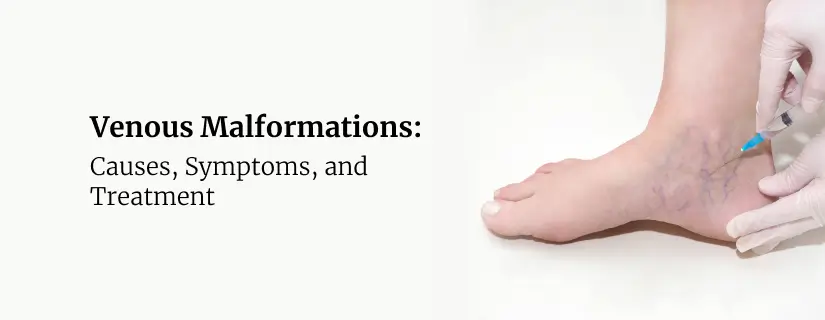
Venous Malformations: Causes, Symptoms, and Treatment
30 April 2025
Read More
-
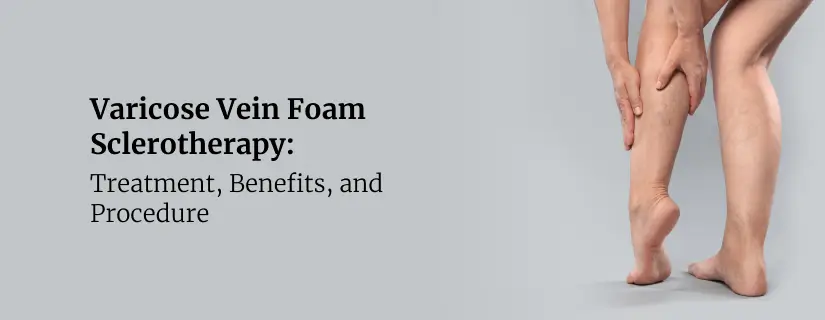
Varicose Vein Foam Sclerotherapy: Treatment, Benefits, and Procedure
30 April 2025
Read More
-
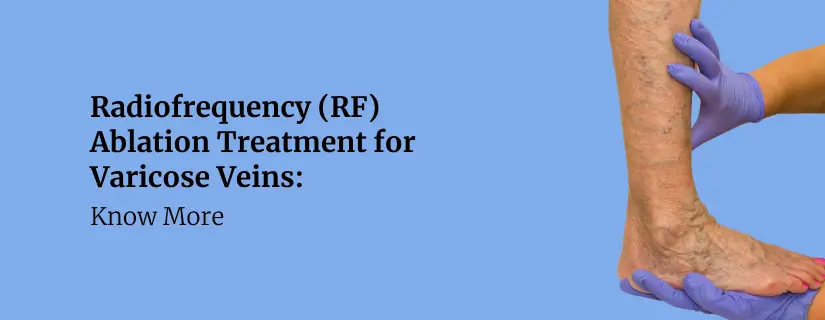
Radiofrequency (RF) Ablation Treatment for Varicose Veins: Know More
30 April 2025
Read More
-
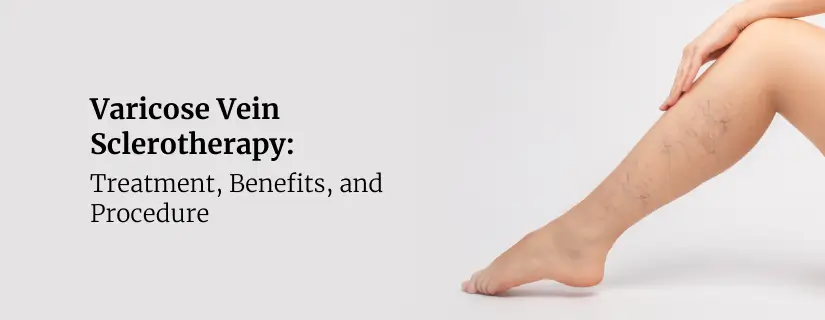
Varicose Vein Sclerotherapy: Treatment, Benefits, and Procedure
30 April 2025
Read More
-
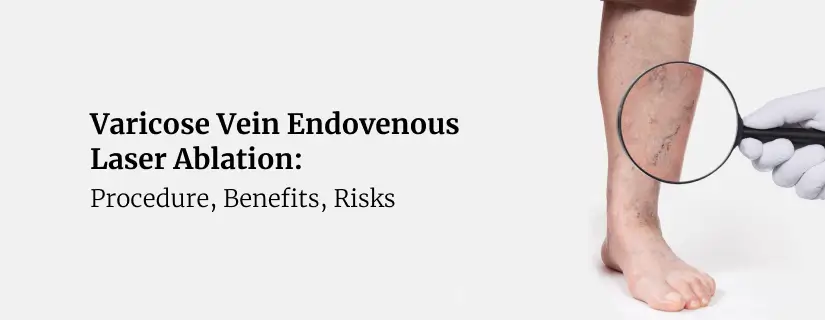
Varicose Vein Endovenous Laser Ablation: Procedure, Benefits, Risks
30 April 2025
Read More
Have a Question?
If you cannot find answers to your queries, please fill out the enquiry form or call the number below. We will contact you shortly.
